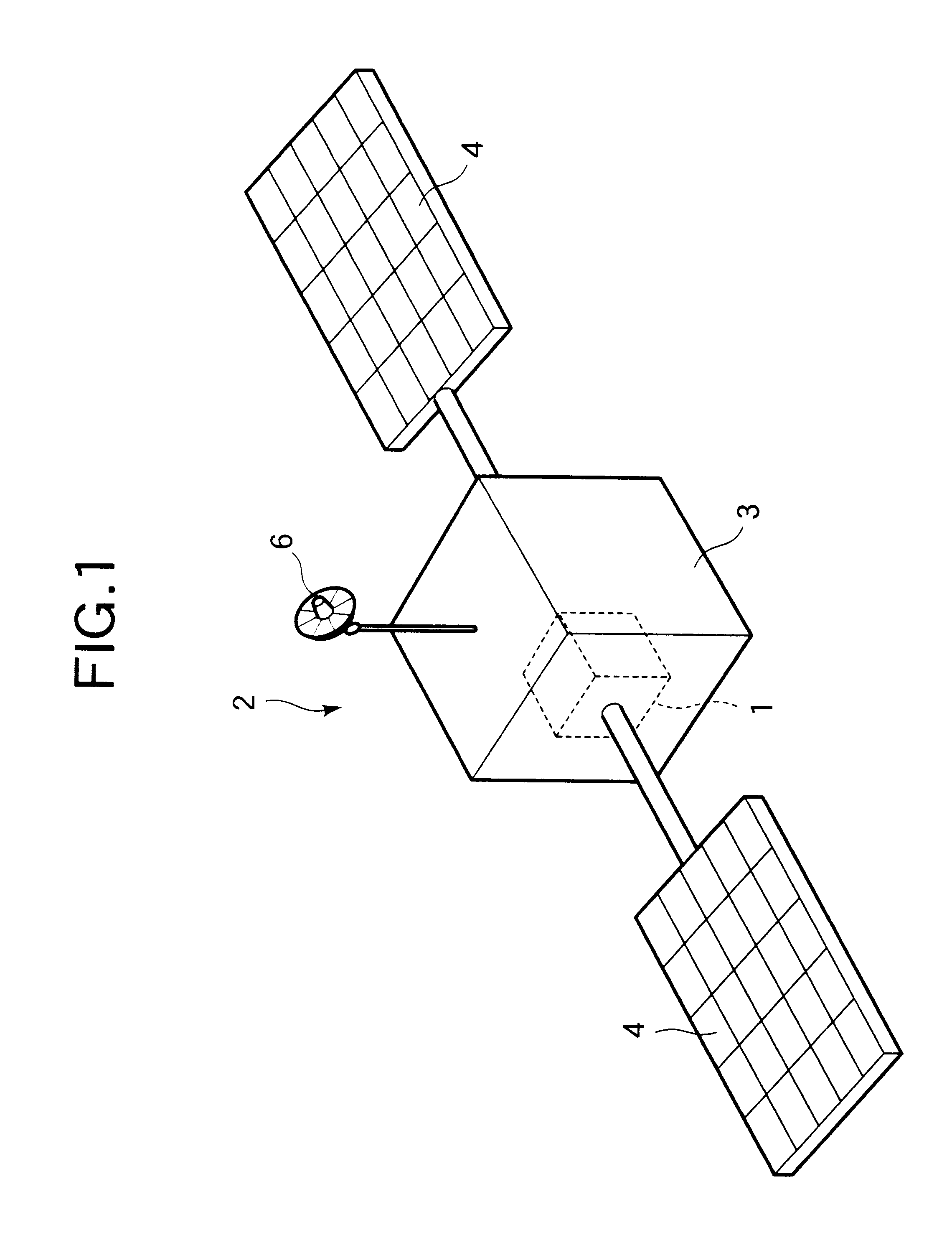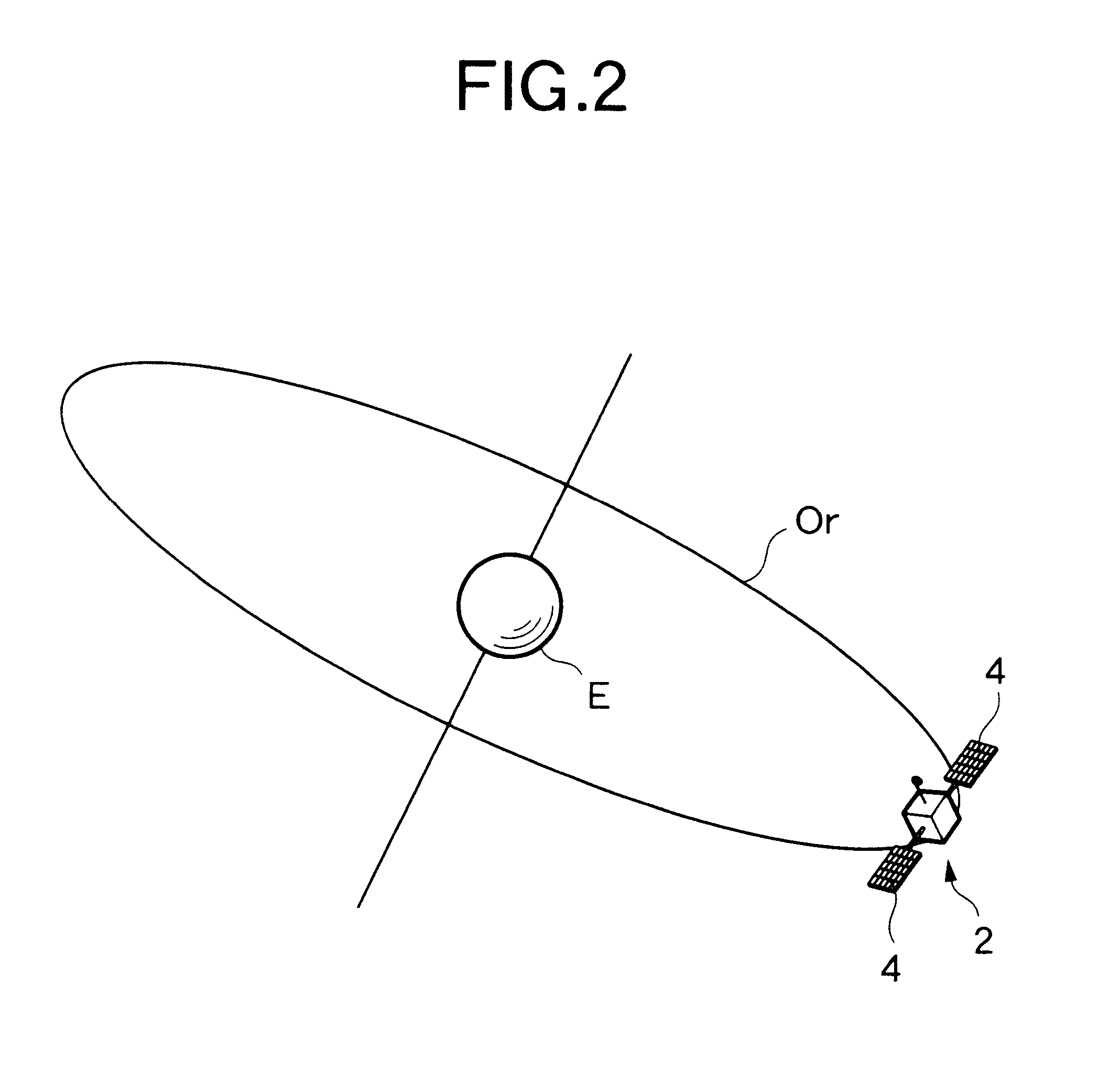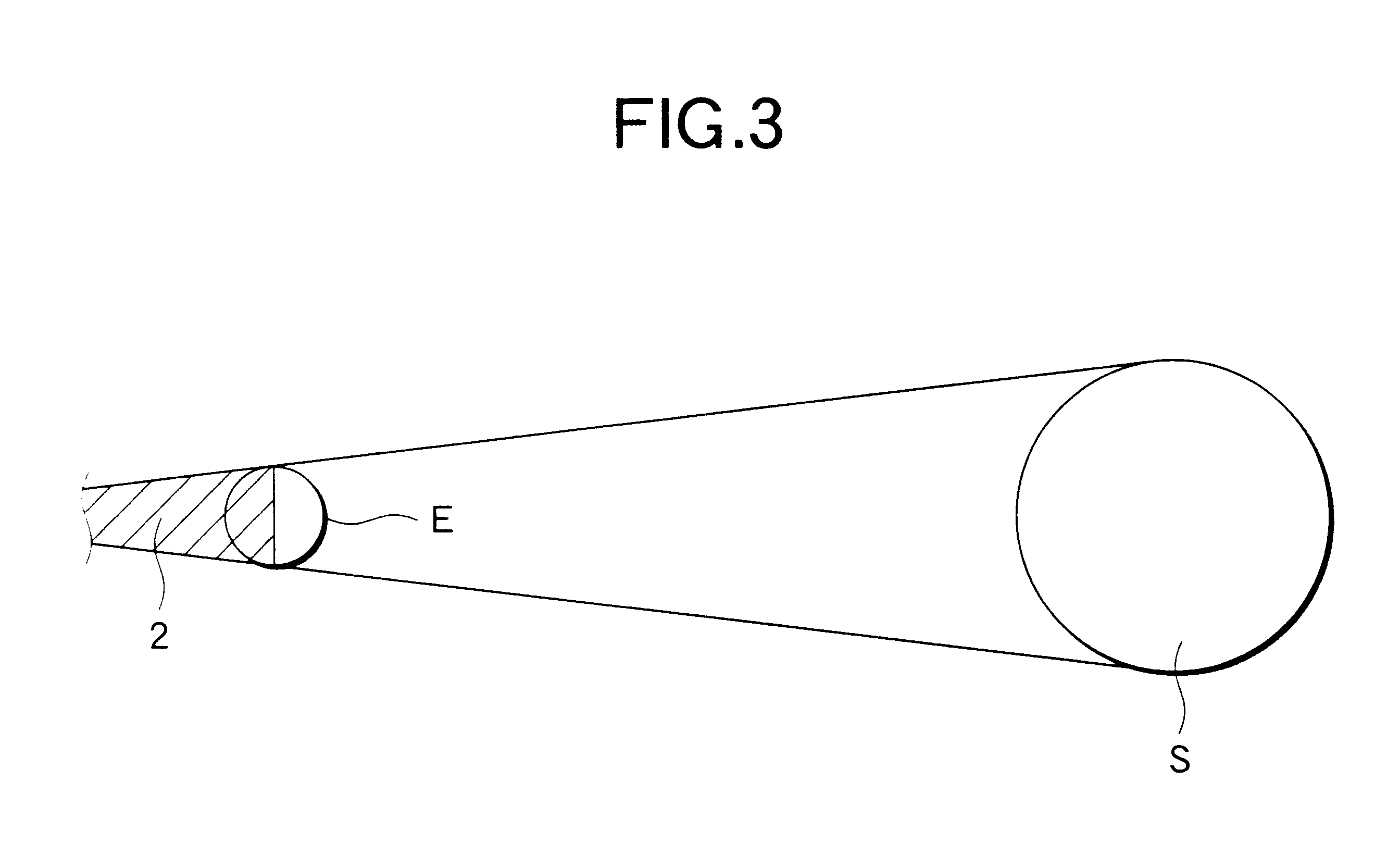According to a first aspect of the present invention, a non-aqueous electrolyte battery module comprises: a non-aqueous electrolyte battery to be provided in an artificial satellite; temperature measuring means for measuring the temperature of the non-aqueous electrolyte battery; heating / cooling means for heating or cooling the non-aqueous electrolyte battery; and battery
temperature control means for controlling the heating / cooling means on the basis of the temperature measured by the temperature measuring means; wherein when the satellite is in a solstice season, a managed temperature of the non-aqueous electrolyte battery is controlled to be equal to or lower than a managed temperature of the non-aqueous electrolyte battery achieved when the satellite is in an
eclipse season. That is, when the satellite is in the eclipse season, the managed temperature of the non-aqueous electrolyte battery is higher than the managed temperature of the non-aqueous electrolyte battery which is in the solstice season. Since the solstice season (about 138 days) is considerably longer than the eclipse season, the time during which the battery is maintained at a high temperature can be significantly shortened, thus preventing deterioration of the battery.
According to a third aspect of the present invention, in the first or second aspect, it is preferable that the non-aqueous electrolyte battery further comprises: charge / discharge condition detecting means for detecting the charge / discharged state of the non-aqueous electrolyte battery; charging / discharging means for charging and discharging the non-aqueous electrolyte battery; and charging / discharging control means for controlling the charging / discharging means on the basis of the charge / discharged state of the non-aqueous electrolyte battery detected by the charge / discharge condition detecting means; wherein when the satellite is located at the start of the eclipse season, a managed charged state of the non-aqueous electrolyte battery is controlled so as to be set a value of 50% or more, and when the satellite is in the solstice season, the charging / discharging control means controls the managed charged state of the non-aqueous electrolyte battery so as to be set a value of 75% or less. As a result, the power supply capability of the battery is ensured during the shadow period, and there can be prevented deterioration of the battery, which would otherwise be caused when the battery is placed in a highly-charged state for a long period of time during the solstice season.
When an artificial satellite is in a shadow period, a non-aqueous electrolyte battery provided in the satellite is set so as to supply power to equipment provided in the satellite. Therefore, there is a necessity for avoiding an increase in the
internal resistance of the battery at a low temperature and to avoid an increase in self-
discharge rate at a high temperature. During the solstice season, the battery is held at a lower temperature in order to prevent deterioration of the battery, which would otherwise be caused at high temperature. Further, during the eclipse season, freezing of the non-aqueous electrolyte battery must be prevented. To these ends, in the first aspect of the present invention, the managed temperature of the non-aqueous electrolyte battery during the eclipse season is set so as to become equal to or greater than that achieved during the solstice season. Consequently, when the satellite is in the solstice season, the managed temperature of the non-aqueous electrolyte battery is set so as to become equal to or lower than that achieved during the eclipse season. Thus, the battery can be operated over a long period of time.
According to the second aspect, during the eclipse season, the managed temperature of the battery is set so as to fall within the range of 10.degree. C. to 35.degree. C. Further, during the solstice season, the managed temperature of the battery is set so as to fall within the range of -30.degree. C. to 10.degree. C. The managed temperature range of the battery for the eclipse season is set to the range of 10.degree. C. to 35.degree. C., for the following reason. Specifically, when the temperature of the battery falls below 10.degree.; for example, to 0.degree. C., the impedance of the battery becomes high, thus being difficult to sufficiently supply power. In contrast, if the temperature of the battery exceeds 35.degree. C.; for example, 45.degree. C., the self-
discharge rate of the battery becomes large, thus accelerating deterioration of the battery by high temperature. Thus, the life of the battery is shortened. In contrast, the temperature of the battery is set to fall within the range of -30.degree. C. to 10.degree. C. during the solstice season, for the following reasons. Specifically, if the temperature of the battery falls below -30.degree. C.; for example, to -40.degree. C., the electrolyte provided in the battery becomes frozen, so that it is hard to supply power in the event of emergency. In contrast, if the temperature of the battery exceeds 10.degree. C.; for example 20.degree. C., deterioration of the battery is accelerated, so that it is difficult to ensure the life of the battery over 15 years. The reason why a temperature of, for example, 20.degree. C., is allowed as the managed temperature of the battery during the eclipse season, is that the eclipse season is considerably shorter than the solstice season. Therefore, an
advantage of supply of sufficient power is given priority over the
disadvantage due to deterioration of the battery. According to the present invention, during the eclipse season, the self-
discharge rate and deterioration of a non-aqueous electrolyte battery (i.e., an increase in the
internal resistance or a drop in the capacity of the battery) are inhibited during the eclipse season. During the solstice season, freezing of a non-aqueous electrolyte battery is avoided, and the battery can be maintained in a stable charged state over a long period of time.
When the non-aqueous electrolyte battery is held in a 100% charged state (fully-charged state) or a nearly-fully-charged state for a long period of time, the discharging capacity of the battery tends to decrease. For this reason, minimizing the time during which the battery is held in a highly charged state is important for maintaining the stable characteristic of the non-aqueous electrolyte battery. The managed maximum charged state of the non-aqueous electrolyte battery is set to a value of 50% or more during the eclipse season. The managed maximum charged state of the non-aqueous electrolyte battery is set to a value of 75% or less during the solstice season. Therefore, the time during which the non-aqueous electrolyte battery is held in a fully charged state can be shortened, thus ensuring the long life of the non-aqueous electrolyte battery.
According to the fourth aspect, during the solstice season, the charge or
trickle charge of the battery in a floating state, which has been used for a commonly known secondary battery, is stopped. The battery is charged intermittently and controlled so as to enter a managed charged state. Thus, the life of the non-aqueous electrolyte battery can be made much longer.
 Login to View More
Login to View More  Login to View More
Login to View More 


